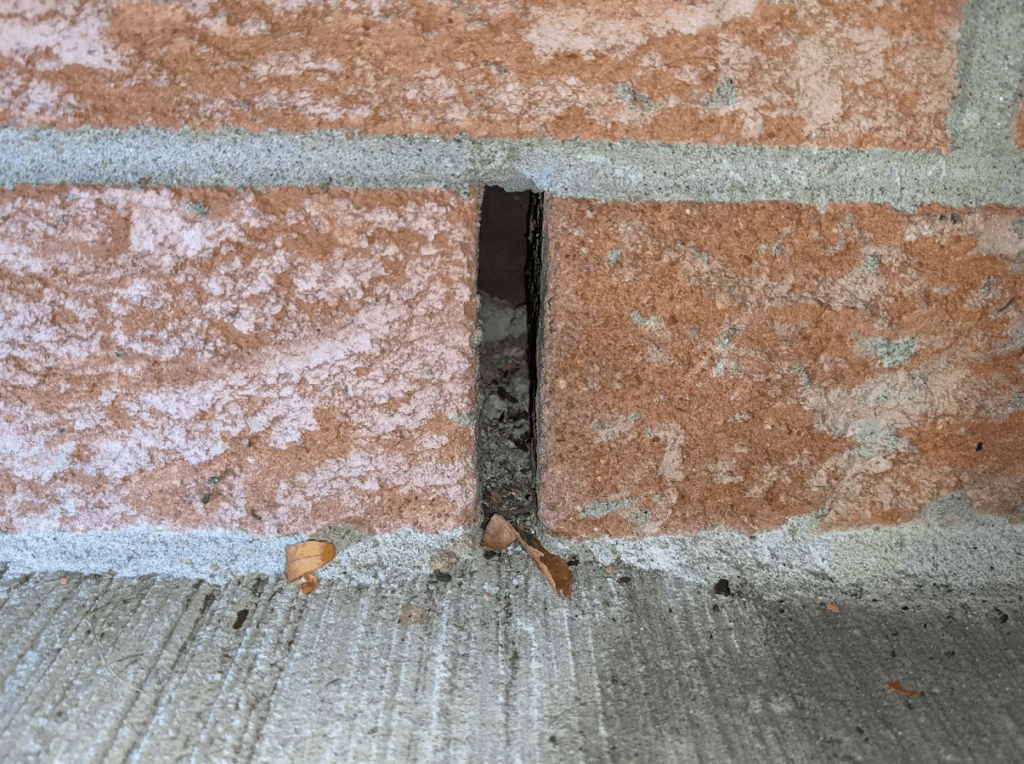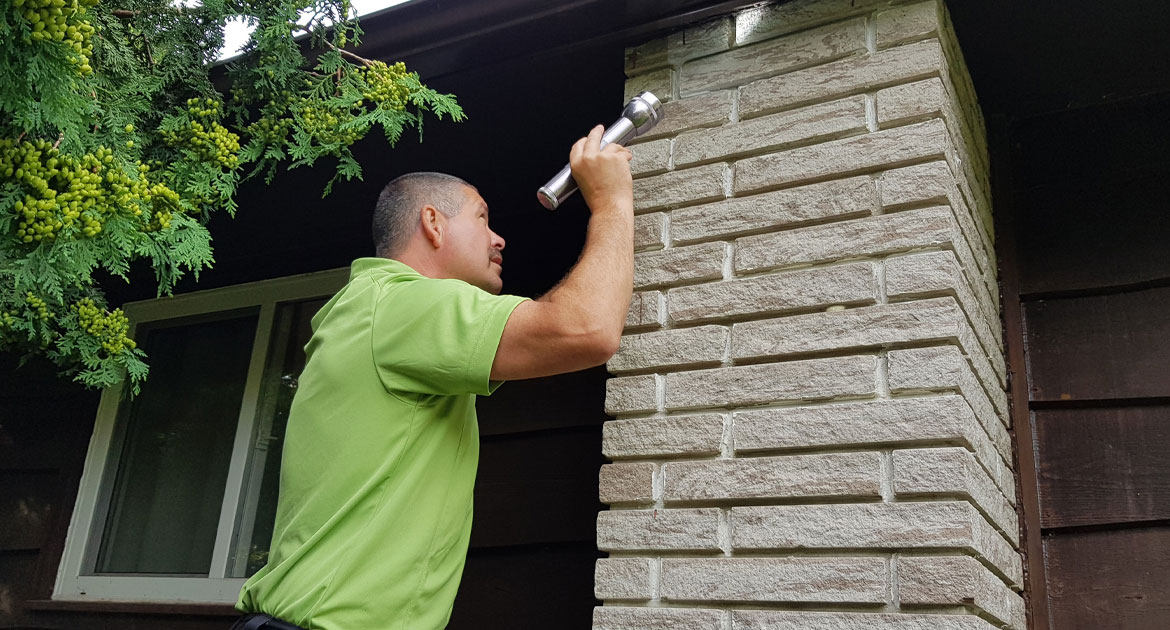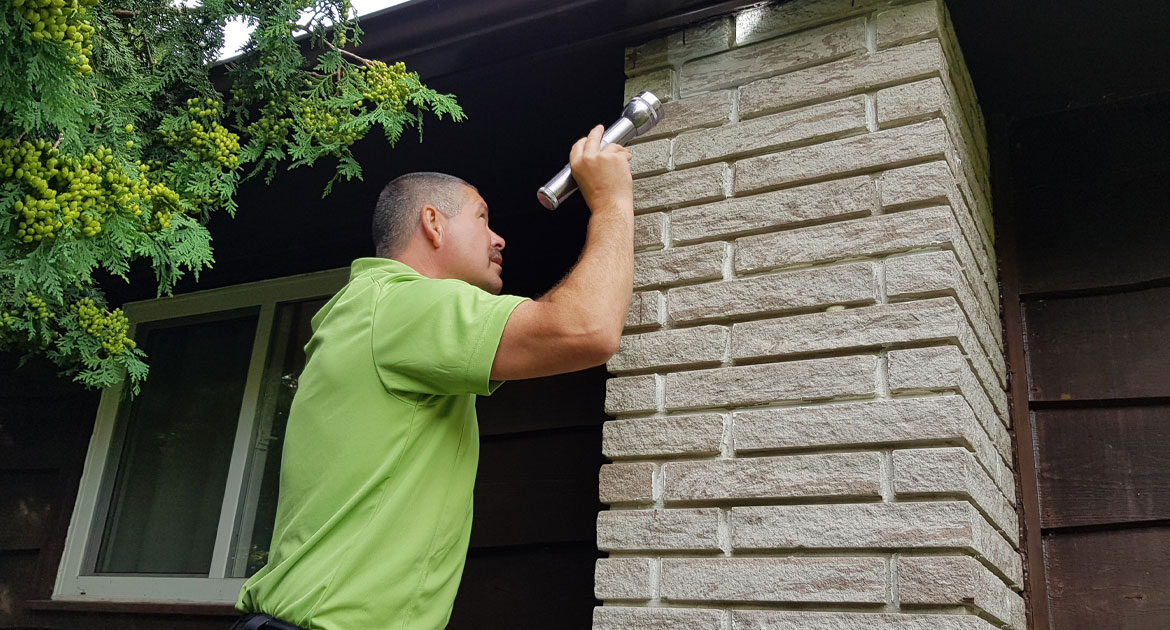Do you remember those Saturday morning cartoons with mice acting like people? The male mouse would step out of his doorway in a business suit and kiss his wife goodbye, closing the door and walking away before noticing the cat in the corner. Cartoon mice always lived in obvious locations in the living room or kitchen, but that is not how real mice behave. Experts in wildlife control in Okanagan explain that mice are master hiders, meaning it may be difficult for a homeowner to locate even a single mouse in an infestation.
Locating Mice in Your Okanagan Property
Mice reproduce quickly and reach sexual maturity in a matter of weeks. The rate at which they mature and reproduce means that a rodent invasion starting with only one female and male mouse can explode to an infestation of hundreds within one year. Homeowners must discover such issues before they reach a critical level. There are four major signs of mice to watch for, especially in the colder months when mice are more likely to seek shelter in a house.
1. Follow the Damage
Mice are not exactly subtle, especially when there are a few hundred in a property. If you want to locate the rodents, you can follow their trail of damage. Since mice are incessant gnawers, you may notice damage to the home’s baseboards, furniture, and other materials. You may also find chewed electrical wires, which is problematic for several reasons, not the least of which is fire.
Mice will also find their way into cupboards, chewing through cereal boxes, bread bags, and anything else that piques their interest. Even if you don’t suspect a mouse problem in your house, it is a good idea to store dry goods in airtight containers to avoid attracting pests.
2. Look for the Droppings

Mice will leave droppings everywhere they eat or roam. You can often follow their droppings like breadcrumbs to holes or entrances to their nesting sites or colonies. A single mouse can produce between 40 and 100 droppings per day. The droppings are small, pellet-shaped, and dark brown in colour. You will often find them along walls or other frequent routes mice travel.
3. Follow Your Nose
A single mouse will deposit several hundred droplets of urine throughout a house within a 24-hour period. Because infestations can have several hundred mice, it may not take long for homeowners to notice an odour. The smell is often strongest where the colony is situated.
Mice tend to travel the same routes every night. Those routes will accumulate strong odours, and you might also find urine pillars from frequent urine deposits.
4. Listen for Strange Sounds
Mice are nocturnal, meaning they only come out at night, which is why many homeowners remain oblivious to their presence until it is too late. If you suspect you have mice in your home, stay awake and listen closely at night. You will often hear scratching or squeaking coming from attic spaces, walls, or basement areas. The sounds can help you pinpoint a potential colony location.
Dealing With Mice
You do not want to ignore signs of mice in the house. These rodents can carry bacteria and diseases. Exposure to infestations can lead to illnesses and other health issues. If you have seen evidence of mice in your home, contact a local wildlife control service for assistance.
Contacting Skedaddle Humane Wildlife Control Is the Solution
If you are in need of mice removal in Okanagan, contact Skedaddle Humane Wildlife Control and request an in-home visit. The service will send a qualified team of wildlife technicians to assess your property and determine the best way to address your concerns.




